Space News
Knowridge
188

Image Credit: Knowridge
Scientists discover mysterious Pluto-like object at the edge of the solar system
- Astronomers have discovered a mysterious object called 2017 OF201, an icy body similar to Pluto, orbiting far beyond Neptune in our solar system.
- This object has an extremely distant and unusual orbit, being over 1,600 times farther from the sun than Earth at its most distant point.
- The discovery challenges the existence of a ninth planet, as 2017 OF201 does not follow similar orbital paths to other distant Trans-Neptunian objects.
- The object is estimated to be around 700 kilometers wide, making it one of the largest objects with such a far-reaching orbit, and its detection implies there may be many similar undiscovered objects in the outer solar system.
Read Full Article
11 Likes
TechSpark
67

Tech news roundup: 23.05.25
- Cardiff-based Space Forge secured a record-breaking £22.6M Series A funding for space tech.
- A new sensory garden was launched at Bristol’s Hartcliffe Millennium Green for individuals with disabilities.
- Bristol-based consultancy Data3 released a report on AI Readiness and Data Maturity for UK SMEs in 2025.
- CyNam is offering a chance for early-stage founders to explore tech and cyber ideas in a fully funded bootcamp.
Read Full Article
4 Likes
Insider
381

Image Credit: Insider
Blue Origin's next crew includes entrepreneurs and founders. Here's who's following Katy Perry and Lauren Sánchez into space.
- Blue Origin has announced the crew for its next mission, NS-32, which includes business leaders, entrepreneurs, and space enthusiasts.
- The crew members for this mission are Paul Jeris, Jesse Williams, Amette Medina Jorge, Dr. Gretchen Green, Jaime Alemán, and Mark Rocket.
- Mark Rocket is an entrepreneur and CEO of Kea Aerospace, while Jesse Williams is the CEO of Car History Group.
- Other crew members include a real estate businessman, a STEM teacher, a Panamanian attorney, and a radiologist, each with unique backgrounds and accomplishments.
Read Full Article
22 Likes
Guardian
188
Image Credit: Guardian
Fear, hope and loathing in Elon Musk’s new city: ‘It’s the wild, wild west and the future’
- In south-east Texas, Elon Musk's empire is on display with rockets, Tesla Cybertrucks, and murals depicting his influence.
- Starbase industrial complex in Cameron County, Texas, is Musk's latest venture towards acquiring more political power.
- The incorporation of a new municipality by Starbase raises questions about local powers and governmental implications.
- Musk's presence in the area brings a mix of excitement for space exploration and concerns about increasing political power.
- Locals experience restrictions and surveillance within the Starbase neighborhood, underlining the private nature of Musk's developments.
- A mix of Mars enthusiasts and livestreamers are drawn to the area, fascinated by the technological advancements taking place.
- Critics question the feasibility and necessity of Musk's ambitious Mars plans amidst ongoing crises on Earth.
- The impact of Musk's activities on the local community, like rising housing costs and environmental concerns, is evident.
- Local residents express concerns about the implications of Musk's developments, highlighting issues of environmental racism and gentrification.
- Despite controversies, the influence of Musk's projects continues to grow, as seen with the approval of new SpaceX flight programs.
Read Full Article
11 Likes
Discover more
Medium
306

Image Credit: Medium
How a Unique AI App Helped My Kids Love Reading
- The World’s First AI App That Creates Stunning Talking Kids Books in Any Language has revolutionized the reading routine for kids, making it more engaging and interactive.
- The app allows customization of children’s books based on interests and preferred languages, offering a unique and personalized reading experience.
- Parents have seen remarkable changes in their children's reading habits after using the app, with kids becoming more enthusiastic about reading and eager to explore different stories.
- The app is budget-friendly, offers educational value, promotes language skills in multilingual families, and provides regular updates to keep the content fresh and engaging for children.
Read Full Article
18 Likes
Nasa
332
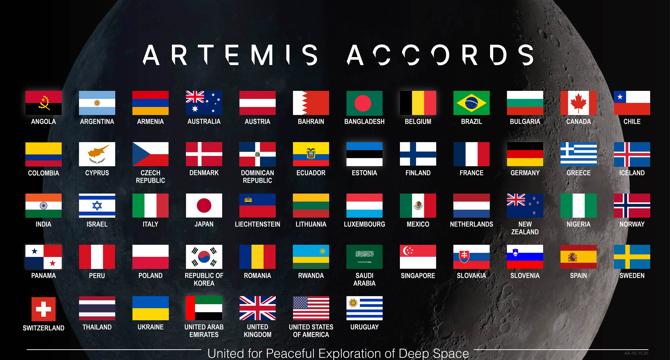
Image Credit: Nasa
NASA Supports Artemis Accords Signatories Advancing Exploration
- The United States participated in an international workshop hosted by the UAE to advance the Artemis Accords for safe exploration of the Moon, Mars, and beyond.
- Artemis Accords are non-binding principles signed by nations for peaceful and prosperous space exploration.
- Participants from 30 countries discussed challenges and reaffirmed commitment to the accords for safe and sustainable exploration.
- Artemis Accords signatories will gather in late September to present workshop recommendations, aiming for additional countries to sign in the future.
Read Full Article
19 Likes
Livescience
84
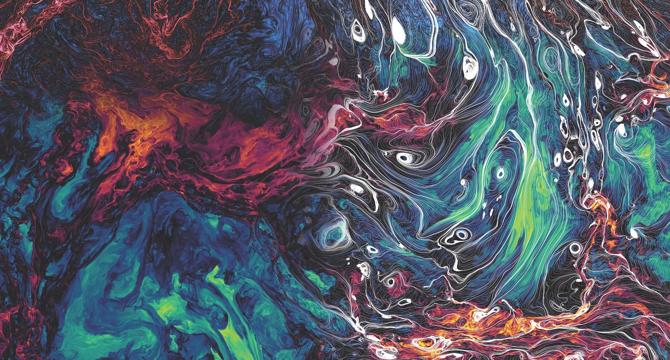
Image Credit: Livescience
Trippy supercomputer simulation offers unprecedented view of the space between stars
- Researchers have developed a supercomputer simulation to visualize turbulence within the interstellar medium with great precision, revealing interactions with magnetic fields.
- The model, scalable up to 10,000 units, was created using the SuperMUC-NG supercomputer and can simulate various turbulent processes in space, from our galaxy's magnetic field to the solar wind.
- This simulation provides insights into how magnetic fields influence the movement of charged particles in the interstellar medium, contributing to the formation of galaxies and stars.
- Future plans include enhancing the simulation's resolution and comparing it with real-world data, potentially using observatories like the Square Kilometre Array for more precise models.
Read Full Article
5 Likes
Teslarati
100
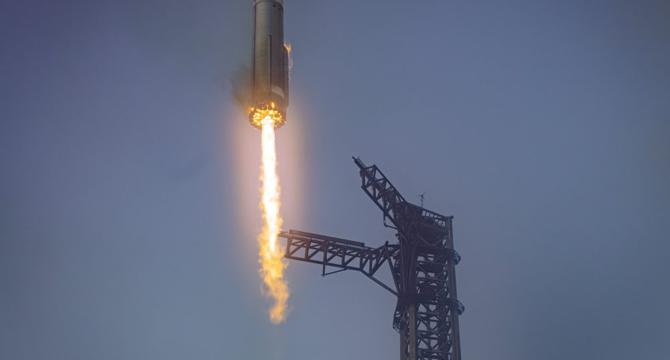
Image Credit: Teslarati
SpaceX Starship gets FAA nod for ninth test flight
- SpaceX received FAA approval for the ninth test flight of the Starship rocket after addressing causes of mishap in the eighth flight.
- The eighth test flight involved successful liftoff of Starship and Super Heavy Booster, but the Starship broke up and reentered the atmosphere.
- FAA will verify that SpaceX implements corrective actions discovered during mishap investigation for Flight 9.
- Potential launch window for Flight 9 is Tuesday, May 27, at 6:30 p.m. local time, with FAA staying in contact with countries that could be impacted.
Read Full Article
6 Likes
Livescience
33
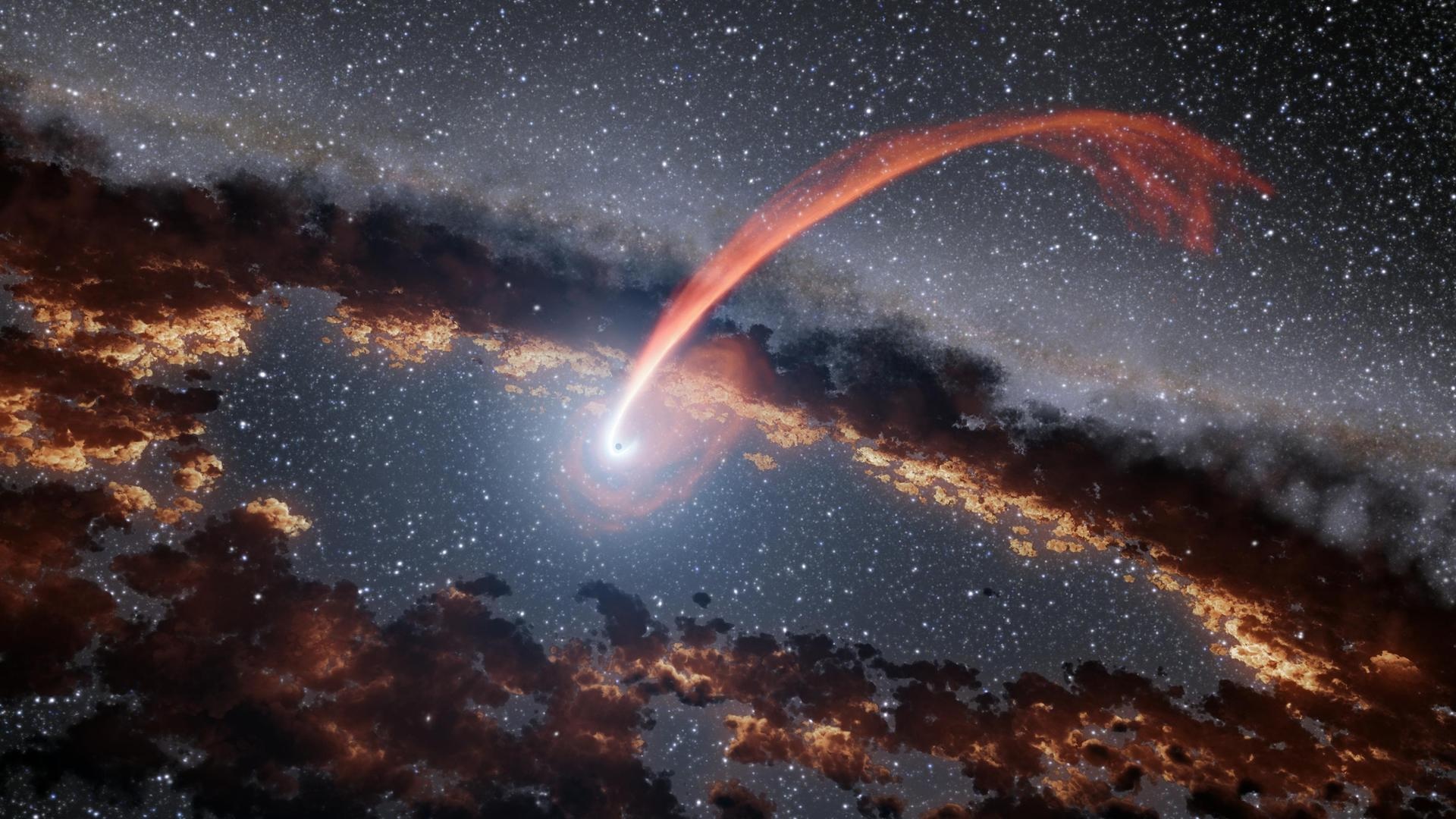
Image Credit: Livescience
A dozen black holes may be 'wandering' through our galaxy — and they're the rarest type in the universe
- New research suggests that the Milky Way may contain a dozen intermediate-mass black holes (IMBHs) wandering freely through space, which are fiendishly difficult to detect.
- Theoretical predictions suggest that IMBHs should have masses of 10,000 to 100,000 solar masses, with implications for understanding black hole growth and evolution.
- A study by the University of Zurich in Switzerland explored the possibility of IMBHs in the Milky Way, finding that there could be between five and 18 wandering IMBHs in the galaxy.
- While the research provides strong hints about the existence of IMBHs in the Milky Way, uncertainties remain regarding their masses and exact locations within the galaxy.
Read Full Article
2 Likes
Nasa
353

Image Credit: Nasa
NASA Astronaut to Answer Questions from Students in Washington State
- NASA astronaut Anne McClain from Spokane, Washington, will answer student questions from the Mobius Discovery Center in her hometown.
- The event will be streamed on the NASA STEM YouTube Channel on Tuesday, May 27, at 1:25 p.m. EDT.
- Students from elementary, middle, and high schools, nonprofit organizations, and the Kalispel Tribe will participate in the event to spark interest in STEM fields.
- The event aims to inspire students through hands-on exhibits and STEM learning opportunities while highlighting NASA's ongoing research aboard the International Space Station for future space exploration missions.
Read Full Article
21 Likes
Arstechnica
239
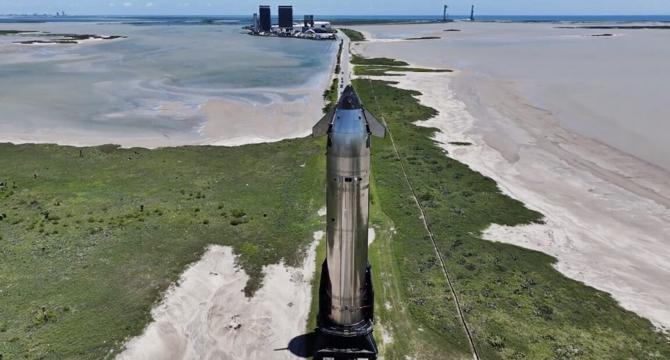
Image Credit: Arstechnica
FAA: Airplanes should stay far away from SpaceX’s next Starship launch
- The FAA has approved SpaceX to launch the next test flight of its Starship mega-rocket, following earlier failures this year.
- SpaceX aims to recover from setbacks and progress with the upcoming launch, which will be Starship's ninth full-scale test flight since April 2023.
- Starship plays a vital role in SpaceX's mission to send humans to Mars and NASA's plan to land astronauts on the Moon through the Artemis program.
- The FAA stated that SpaceX meets all safety, environmental, and licensing requirements for the next Starship test flight, known as Flight 9.
Read Full Article
14 Likes
Nasa
281

Image Credit: Nasa
Sols 4547-4548: Taking in the View After a Long Drive
- NASA's Mars rover Curiosity conducted a 45-meter drive on Sol 4546 to position itself for two sols of imaging.
- The mission included targeted science blocks, with geology and mineralogy discussions to select areas for closer examination.
- Activities involved examining 'Big Bear Lake' with APXS and MAHLI, along with remote sensing of 'Volcan Mountains' and other features.
- Environmental theme group carried out dust monitoring observations and cloud observations due to the cloudy season on Mars.
Read Full Article
16 Likes
Nasa
117

Image Credit: Nasa
NASA and SpaceX Target Friday for Dragon Undocking
- NASA and SpaceX are targeting Friday, May 23, for the undocking of SpaceX Dragon cargo spacecraft from the International Space Station.
- Live coverage of Dragon spacecraft undocking will begin at 11:45 a.m. EDT on NASA+.
- The spacecraft is scheduled to splash down off the coast of California at approximately 1:45 a.m. on Sunday, May 25.
- NASA will provide updates on the space station blog regarding the Dragon cargo spacecraft mission.
Read Full Article
7 Likes
Nasa
399
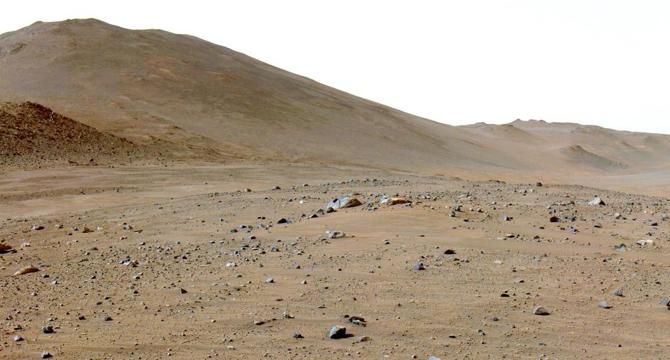
Image Credit: Nasa
Percolating Clues: NASA Models New Way to Build Planetary Cores
- A new NASA study suggests a surprising way planetary cores may have formed, challenging previous theories and offering insights into the early evolution of rocky planets like Mars.
- The study provides experimental evidence that molten sulfide, rather than metal, could percolate through solid rock and form a core before the planet's silicate mantle melts.
- This finding introduces a new scenario, particularly relevant for planets farther from the Sun where sulfur and oxygen are more abundant.
- Researchers observed how sulfide melts percolated through experimental samples in 3D renderings, confirming core formation through percolation process.
- High-resolution imaging using X-ray computed tomography (XCT) provided insights into the physical behavior of materials during early core formation.
- By analyzing synthetic sulfides infused with trace platinum-group metals, researchers found chemical evidence of sulfide percolation in meteorites, supporting early solar system conditions.
- The study's results suggest that Mars' core may have formed at an earlier stage due to its sulfur-rich composition, potentially affecting interpretations of Mars' geochemical timeline.
- The research also raises questions about dating core formation events using radiogenic isotopes, highlighting the impact of sulfur and oxygen abundance on geochemical 'clocks.'
- This study advances understanding of how planetary interiors form under varying chemical conditions, offering insights into the evolution of rocky bodies like Mars.
- The collaborative approach of experimental petrology, geochemical analysis, and 3D imaging demonstrates the potential of multi-method approaches in uncovering planetary processes.
Read Full Article
24 Likes
Nasa
0
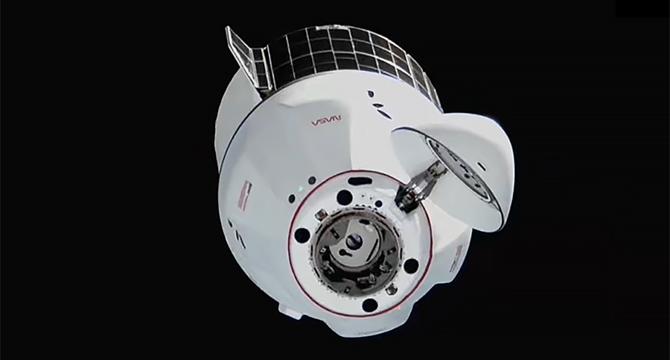
Image Credit: Nasa
Dragon Undocking Adjusted to Friday as Space Science Continues
- SpaceX Dragon cargo spacecraft will delay its departure from the International Space Station by 24 hours due to weather conditions at its splashdown site off the coast of California.
- Dragon's undocking time has been rescheduled to 12:05 p.m. EDT on Friday, with support personnel waiting for improved visibility at the splashdown site for a safe retrieval.
- Expedition 73 crew focused on loading Dragon with science experiments, research samples, and hardware, while also conducting microgravity research to enhance health outcomes both in space and on Earth.
- Crew members engaged in experiments studying the effects of microgravity on the retina, tested a 3D imaging microscope for monitoring water quality, monitored cardiovascular system, and conducted physical fitness exams and maintenance tasks on the ISS.
Read Full Article
Like
For uninterrupted reading, download the app